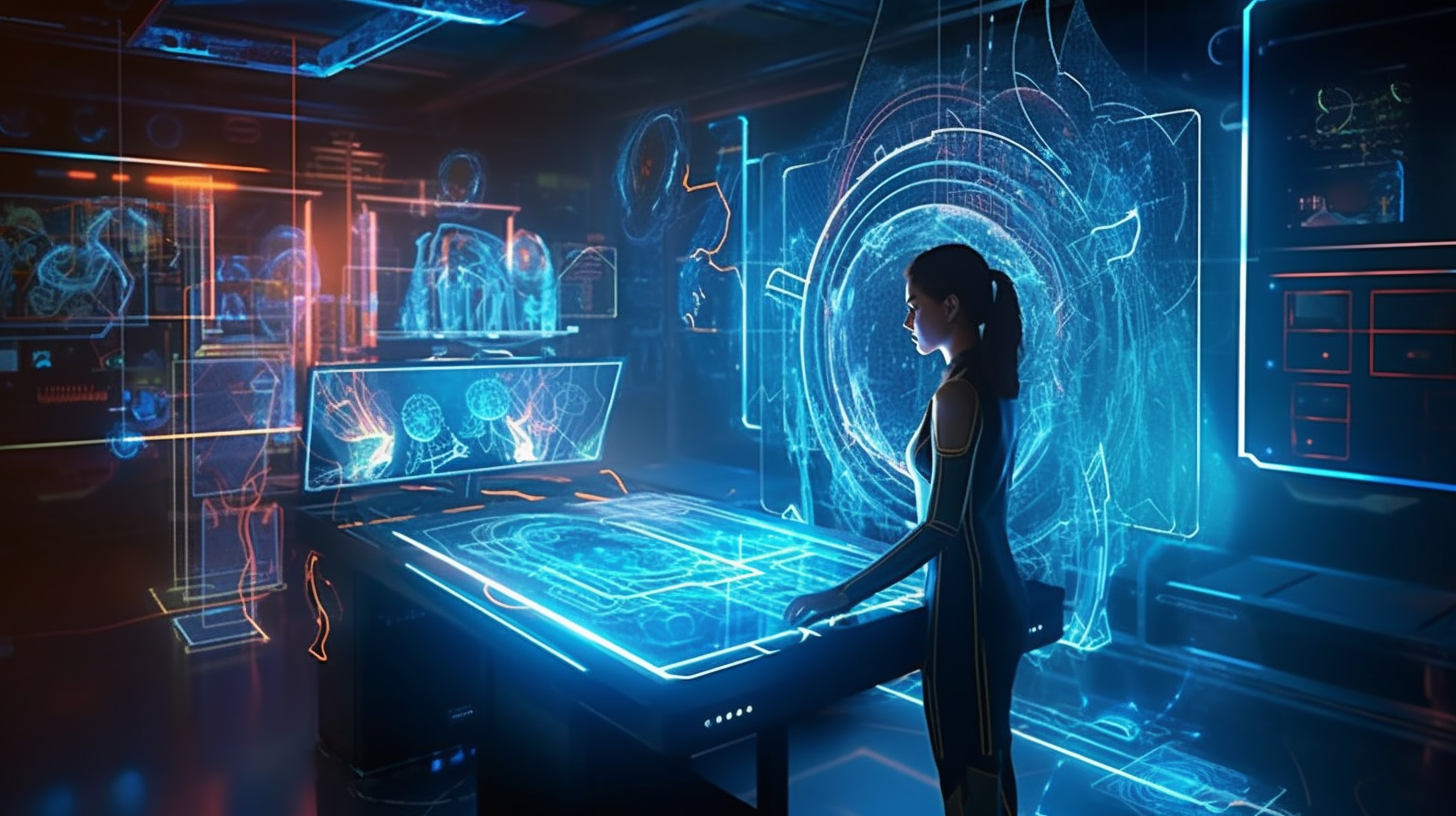Grappling with Gremlins: A Deeper Dive into Troubleshooting Storage Drives and RAID Arrays

Life sure is a hoot, isn't it? One moment, you're riding high on the digital superhighway, your computer humming like a finely tuned Ferrari. And then, out of nowhere – as if pecked by some unseen techno-vulture – your storage drive chooses to stage a mutiny, or worse, your RAID array starts acting more like a lost array, leaving you wringing your hands over a possible data disaster.
The Know-How: Big Picture View
Hold those horses right now; everything is not as bleak as you might think! The way you wouldn't discard your car at the first hiccup, you don't need to mull over purchasing a brand new computer when tackling these pesky problems. A bit of know-how and patience can set things right quite effectively. Let's begin with the types of storage drives and RAID arrays, two key players in this drama.
Storage drives are like digital treasure chests where data is stowed. There are several types, but we'll focus on Hard Disk Drives (HDDs) and Solid-State Drives (SSDs), the heartthrobs of the storage world. These bad boys are known for their fast read-write speeds, offering quite the bang for your buck. On the other hand, we have your RAID arrays – a gaggle of disks working together in harmony, forming a choral symphony of amplified performance and data protection.
Storage Drive Troubles
But like any dynamic duo, they can have their share of tiffs. So, what's the usual drill when these comrades start misbehaving? You pop open your system, listen for unusual noises, and get a whiff of any burning smells – the technical equivalent of taking the pulse and checking the temperature. Your initial examination might reveal physical damage, heaps of dust, or even disconnected cables – all of which can spell 'Hasta la vista, baby' to your data. Whatever you find, keep those peepers peeled because each sign points to a different diagnosis, and boy, are there many!
From the Ivory Tower: Understanding the Academic Outlook
Academically speaking, certain established paradigms guide the troubleshooting of storage devices. For instance, the CompTIA A+ Core 1 (220-1101) exam places significant emphasis on identifying and diagnosing common hardware and storage problems. The troubleshooting process follows a systematic and logical approach, heavily relying on the technician's knowledge and understanding of the system architecture and its components. You should follow a sequence of steps recommended by the standard troubleshooting model: pinpoint the problem, set up a probable cause, put the theory to the test, devise your action plan, execute the solution, check if the system's working fine and record the entire process.
Digging into the Numbers
Let's shake up some statistics right now. A 2019 Backblaze study reports the Annualized Failure Rate (AFR) of HDDs at a considerable 1.89%. Translated to plain English, that's akin to saying nearly two out of every hundred hard drives can expect to belly flop each year. The report also highlighted certain drive models with an AFR as high as 4.64%, causing many a tech enthusiast's heart to skip a beat. SSDs, though generally more robust, aren't exempt from this dance of destruction. According to a 2016 Google study, over a two to four-year period, SSDs presented an uncorrectable error rate ranging from 4.2% to a staggering 34.1%. Sends a shiver down your spine, doesn't it?
RAID Array Troubles
But what about our RAID arrays? Not to be left out, these systems have their fair share of issues. These can range from individual drive failures to controller problems and configuration errors. And who can forget the famous RAID "write hole" issue, where power loss could lead to data corruption? The silver lining here is that some of these issues can be mitigated by using more advanced RAID levels or introducing battery backup systems.
So, folks – there you have it! The secret sauce to troubleshooting storage drives and RAID arrays doesn't require a doctorate in Computer Wizardry. It's about understanding your system, being observant, knowing your tools, and having a well-structured approach. Plus a pinch of courage to weather the storm when gremlins strike your treasure trove of digital data. Now, go on and conquer those data demons!